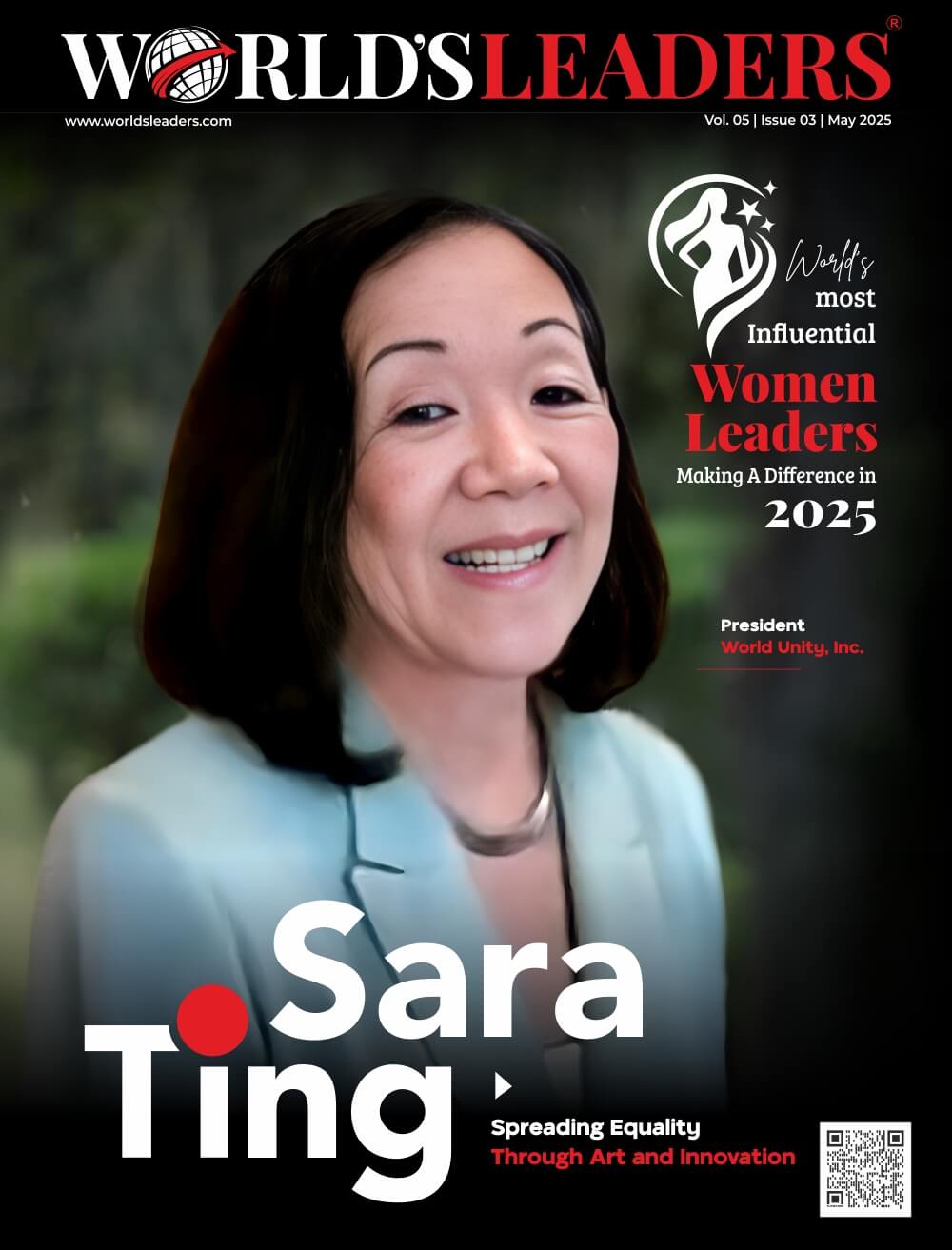According to financial firms’ research on how women are managing their money in the 21st century, 47% of women are the main breadwinners and are completely responsible for paying the expenses in the home. It was found that during the previous five years, people between the ages of 25 and 34 have made 40% of all credit card inquiries, while women have made 44% of mortgage inquiries thus far this year.
In reality, single women were the ones who applied for credit cards the most frequently, accounting for 52,000 inquiries in the most recent quarter and reaching a peak of 60,000 in January 2023. A credit card in their own name is also held by over two thirds of women. Women were slightly more likely than males to have a savings account in their own name. According to the report, 70% of women and 67% of men have online accounts.
In the meantime, 90% of women in Europe held personal current accounts, up from 81% of women overall. In addition, with men making up 52% of inquiries and women 48% in the 18 to 25 age group in 2018, the gap between the sexes seeking mortgages appeared to be closing.
“The data demonstrates that, as little as 50 years ago, credit cards were primarily owned and utilised by men, with women primarily struggling to get any kind of credit unless they had a job,” a spokeswoman for the research agency stated. This, however, could not be further from the reality of today.
The representative continued: “Women could not obtain a mortgage without a male guarantor prior to the Sex Discrimination Act of 1975. Since then, more women have started to purchase homes. In 2018, 78,987 women have applied for mortgages, accounting for 44% of all mortgage inquiries.
The study also revealed that more women were starting their own businesses, as seen by the 42% increase in the number of women who purchased business insurance between 2015 and 2017.
When we looked more closely, we discovered that women made up 41% of people purchasing business insurance for bars, and that number increased to 50% for stores. Because they are often less wealthy, single female borrowers encounter numerous obstacles when they enter the mortgage market. They earn less money and take out smaller loans. Given that single female purchase borrowers are more likely to be people of colour than single male borrowers, these issues may also have an impact on equity in the mortgage market. The good news is that despite these difficulties, single female borrowers’ borrowing for home purchases held up well over the first year of the epidemic, and we support ongoing efforts to open up the credit box to borrowers who can sustain homeownership.





